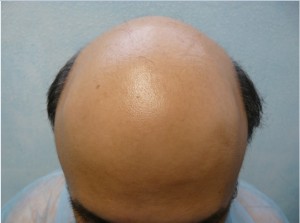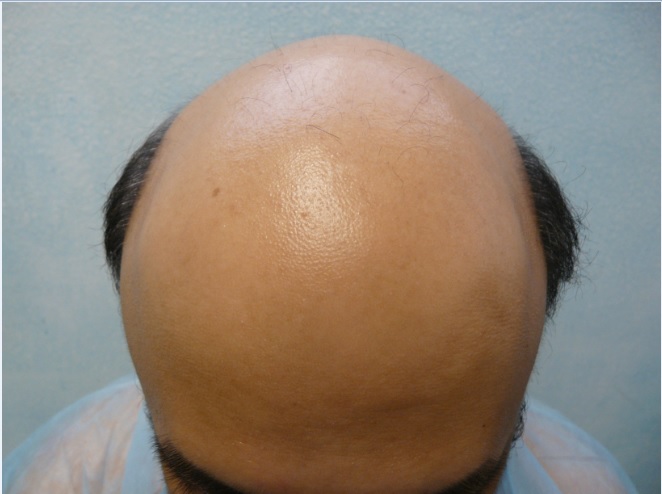How DHT Produces Inconsistent Results on Different Parts of the Body
The role of DHT is the most common explanation that explains why baldness occurs. This compound is also known as dehydrotestosterone and forms when testosterone breaks down with the help of alpha reductase enzymes. According to this view, DHT causes the hair follicles of those with the genes for male pattern baldness to shrink. And permanent hair loss occurs.
Dr. Ustuner noted that DHT behaved differently on the head compared to other regions of the body. Hair tends to grow thinner on the head. However, DHT seems to have a thickening effect on body hair follicles.
Gravity Theory of Hair Loss : Could Gravity Explain Hair Loss on Top of the Head Versus the Sides?

Another phenomenon that Dr. Ustuner mentions is the fact that the top of the head is most vulnerable to the effects of male pattern baldness. Yet the sides seem to remain in tact.
A possible reason for this could be the role of gravity. Dr. Ustuner explains that the weight of the scalp on the hair follicles is the prime culprit. In younger men, this pressure is not as great due to the layer of subcutaneous fat beneath the skin which acts as a buffer and protectant against moisture loss. But this layer becomes depleted due to both age and the effects of testosterone. According to this perspective, this would make the hair on the top of the head more likely to fall out compared to the back and sides. And this is exactly what is seen in patients with male pattern baldness.
In women, estrogen helps prevent the decline of the subcutaneous fat. According to Dr. Ustuner’s view, this is probably why we don’t see many females with overt baldness on top of the head.
As the fat layer becomes thinner and more depleted, the hair follicles require more testosterone for growth. And its usage also perpetuates its conversion to DHT. So this paradigm also explains why DHT accumulates in the scalp, but not on other areas of the body (as indicated by more constant levels of DHT in the blood stream) In other words, the weight of the scalp increases the need and the influx of testosterone to this region.
Does The Shape of Your Head Matter For The Way Your Hair Loss Progresses
Although the stages of male pattern baldness are fairly constant, there are still individual variations in the nature of the hair loss. For example, some people may lose more hair on top of their head faster than others. Or some people will reach severe baldness at a much younger age, in comparison to their counterparts.
Again, Dr. Ustuner attributes this as a likely effect of gravity on different shaped heads (e.g. rounder or flatter on top)
Although it is interesting, the gravity theory of hair loss has certainly generated much skepticism among medical experts.
If you are interested in learning about other causal factors, such as the role of Vitamin D, click here.

